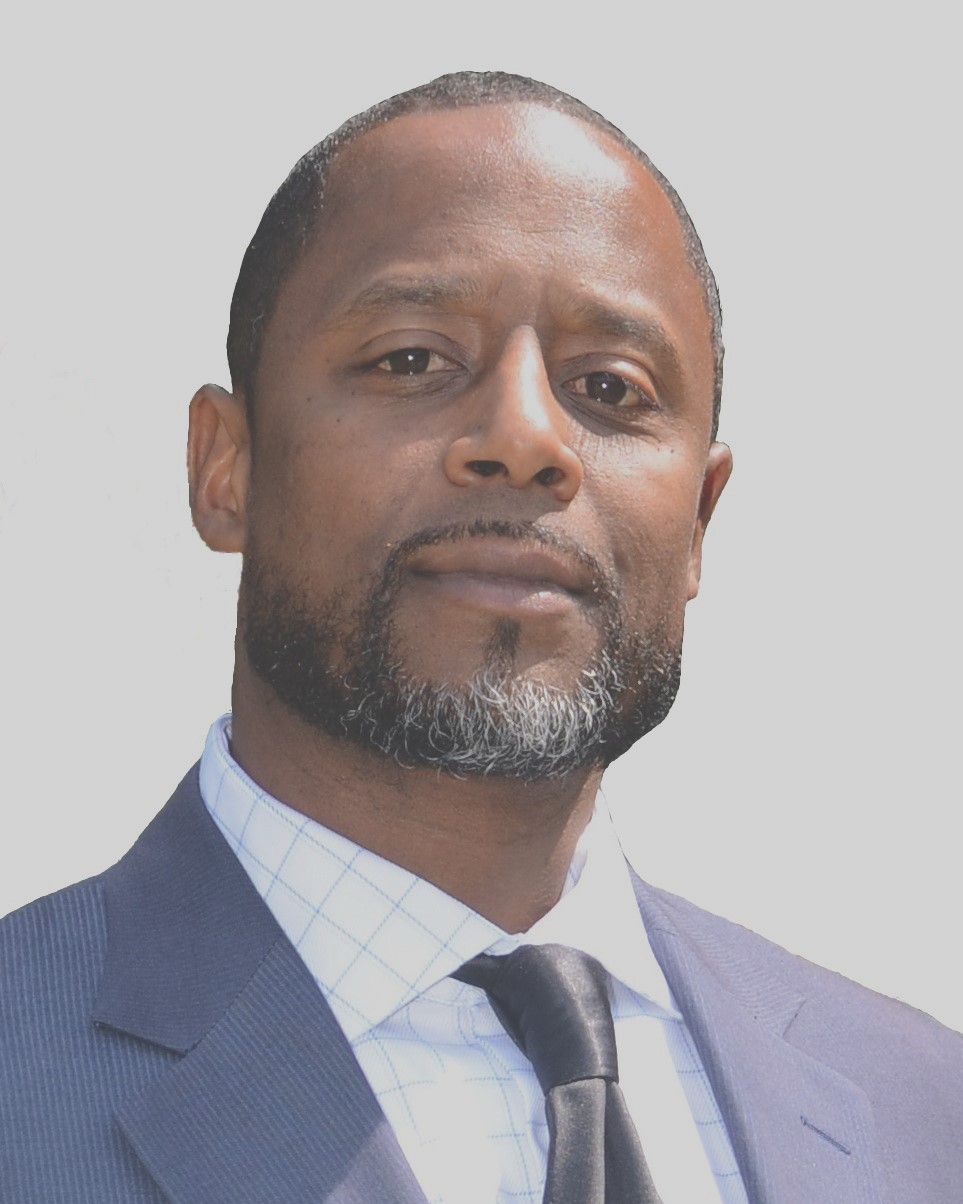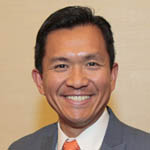Articles in The Art of Preaching

As a child, my mother often encouraged me to dream. She would add, “and if you are going to dream at all, dream big.” Her guidance helped me understand that while our current reality is …

by Ruth Shaffer
I am grateful for having been born into a family with little. We had powdered milk and government cheese. Remember the big blocks of government cheese? The cheese that was supposed to …

by Larrin Robertson
The fiftieth anniversary of the assassination of Reverend Dr. Martin Luther King, Jr. is a crucial moment in the movement toward Civil Rights to which King gave himself. King became America’s leading prophetic …

by Neal D. Presa
The Collected Sermons of Dietrich Bonhoeffer, Volume One by Dietrich Bonhoeffer. Edited by Isabel Best. Minneapolis, MN: Fortress Press, 2012. 240 pages. $25.46.
Karl Barth urged his students to read both newspapers and …

by Amos Yong
This article is divided into three consecutive parts: The intuition behind this essay is that the dynamic character of Christian preaching should be explicated theologically in terms of its orality and ontologically in terms of its audibility. We will explore the orality of preaching and do so in conversation with the oral culture of Pentecostalism.

by Amos Yong
In order to probe deeper into the implications of orality for a theology of preaching, the author expands the field of analysis to include both the nature of speaking vis-à-vis vocalization and the nature of hearing in relationship to sound.

by Amos Yong
A pneumatological theology of preaching connects the past to the present through the biblical witness. Chronologically, we might say that we have three sets of events: those behind the biblical text; those constituting the scriptural witness; and those in front of the text, receptors of its legacy and message.

by Lisa S. Kraske Cressman
In a lecture to new writers, Poet Mary Oliver stressed that getting published was not the author’s most important task; honing their craft was. She had not smelled, touched, or marveled enough at God’s wondrous creation to have something worthwhile to write until then. Preachers share roughly the same two tasks with poets: to marvel, and then to write. And to have marveled enough at God’s being and the divine gifts offered us is much more difficult than writing the sermon.

by Eunjoo Mary Kim
It maybe difficult for preachers whose congregations are in the dominant culture—affluent and satiated—to deal with God’s Superabundance since it may require imagination to see what God is doing on the margins as well as recognizing our obligations to the global community.

by Phil Ruge-Jones
The author encourages us to communicate with our listeners not only by preaching at them but by drawing them into the Gospel readings through a “you are there” technique of Biblical story telling. How better to demonstrate the Ḥesed of Jesus than a memorable encounter with him?

by Peter S. Perry
Attempting to define the word <Ḥesed for use in a sermon can be daunting since it tends to differ depending on the translation used. The author feels it is worth the time since defining Ḥesed may help preachers gain new insights into their and their congregants’ relationships with God.

by Peter Lau
Here is a detailed analysis of the relationships among Ruth, Naomi, Boaz, and God as reported in the Book of Ruth. The Ḥesed in Ruth springs from a generous spirit whose self sacrifice helps those in need without regard for one’s own peril.


